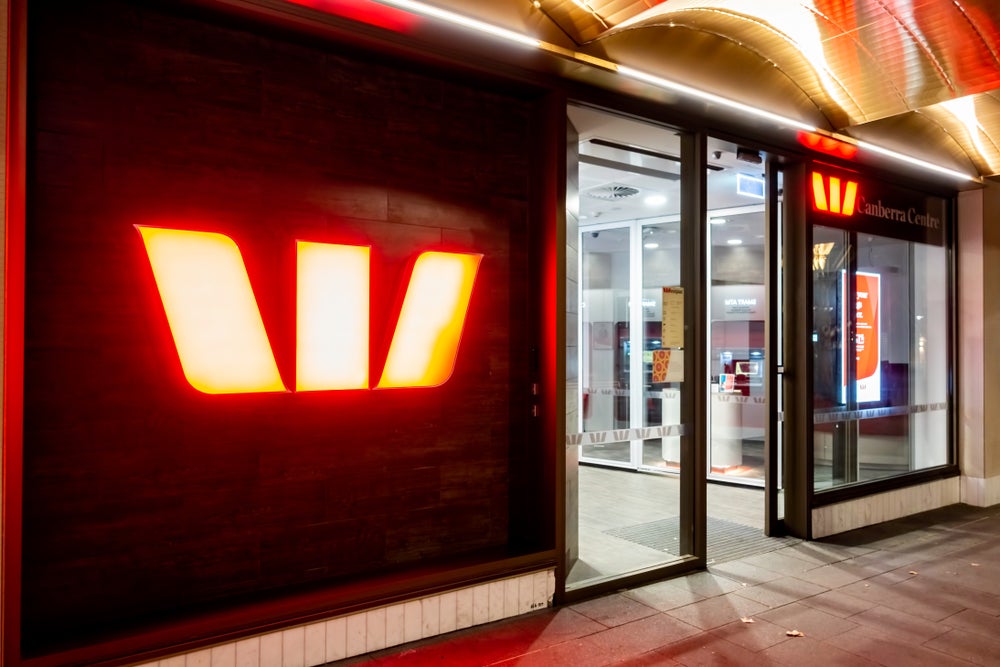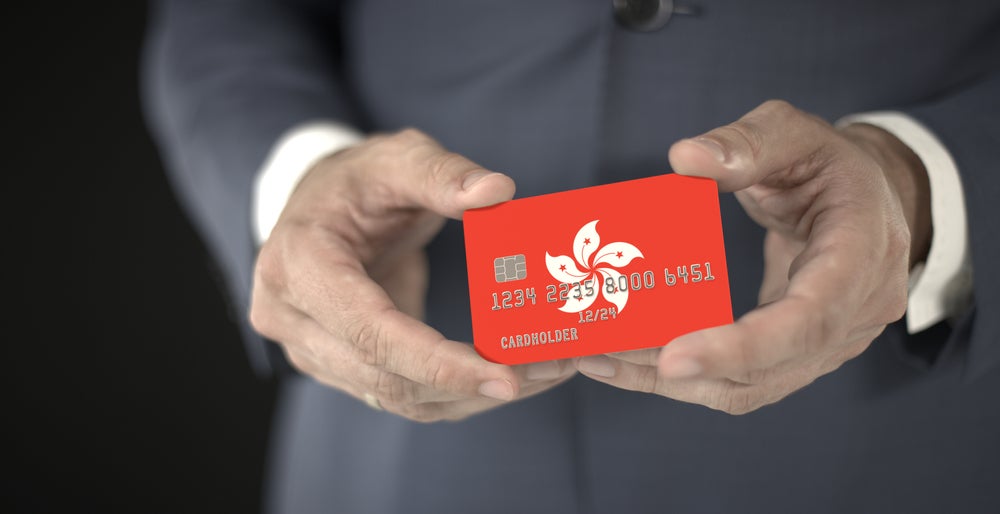The credit crunch and the subsequent curtailment of consumer
lending has drawn attention to the various bureaus that assess a
potential customer’s credit-worthiness. Truong
Mellor speaks to some of the biggest credit scoring
agencies to look at how they are operating in a new economic
environment.
With the origins of the current financial downturn in the US
rooted in consumer lending that turned sour, it is hardly
surprising that many industry observers are carefully monitoring
risk assessment models for retail finance and credit
products.
These credit reports and credit scores are not only important for
consumers wishing to know what interest rates they will be eligible
for, but are crucial for prospective lenders in order to help them
determine the probability of a borrower to repay a loan in a timely
fashion.
While there are several companies that offer these services in the
US, the most commonly used one is the FICO score devised by
analytics technology provider Fair Isaac. The Fair and Accurate
Credit Transactions (FACT) Act of 2003 has allowed consumers to get
one free credit report every year from the three major credit
bureaus – Equifax, Experian and TransUnion. However, these reports
do not include scores, which cost around $5.95 to $15.95 extra. The
bulk of credit scores are bought by lenders looking to assess a
prospective customer.
‘Piggybacking’
As the credit crunch has seen lenders tightening up their criteria
for new customers, obtaining a good credit score has become more
important than ever.
How well do you really know your competitors?
Access the most comprehensive Company Profiles on the market, powered by GlobalData. Save hours of research. Gain competitive edge.

Thank you!
Your download email will arrive shortly
Not ready to buy yet? Download a free sample
We are confident about the unique quality of our Company Profiles. However, we want you to make the most beneficial decision for your business, so we offer a free sample that you can download by submitting the below form
By GlobalDataOne particularly dubious method of ramping up an individual’s
credit score is the practice of ‘piggybacking’, where a credit
repair firm puts potential borrowers with a blemished financial
history in touch with other cardholders. By aligning themselves
with a borrower who has an exemplary financial record, they are
then able to fool lenders into approving their loans.
 Fair Isaac was
Fair Isaac was
quick to crack down on this practice, and last year the company
eliminated authorised-user accounts altogether in the FICO scoring
calculation. While this stopped the credit repair companies from
‘renting’ the accounts of more creditworthy people out to less
healthy borrowers to get the best rates, the move also punished
those legitimate authorised account users such as children or
spouses, the number of which is estimated to be at around 50
million in the US.
Under the Equal Credit Opportunity Act, lenders in the US assessing
a spouse’s credit risk are required to consider the credit history
of accounts which both spouses are permitted to use. This law also
applies for the children of cardholders. While Fair Isaac had
always considered authorised user information in the calculation of
FICO scores since the late 1980s, it was during the cyclical
redevelopment process that the problem of ‘piggybacking’ became
apparent.
However, Fair Isaac says it has devised a way to restore
authorised-user credit accounts to its latest FICO 08 credit score
calculations while still materially lessening any potential effect
from ‘piggybacking’. The company is currently working with credit
bureaus across the US in order to bring the new reporting measure
to market as quick as possible.
“Many of our clients had been using the score as a means to meet
the obligations of the Act,” Tom Quinn, vice-president of global
scoring at Fair Isaac, told CI.
“The message came back to us from the lenders and the regulatory
community – could we go back to the shop and see if you can bring
these authorised user accounts back into our calculations somehow,
but at the same time mitigate the impact of the gaming that has
been going on.”
Quinn adds: “It was a pretty interesting challenge, because
information that would identify the type of relationship the
authorised user has with the cardholder is not captured or reported
to the bureau.
“Our analysts were able to design an approach that allows the score
to continue considering the authorised user information so the
consumer can get the benefit of it while minimising the impact of
the fraudulent practice of looking for short-term gains from the
score.”
One of the key purposes of authorised user accounts is for parents
to allow their children to have the access and convenience of a
credit card while at university or away from home. It can also
teach young adults how to use credit responsibility.
Quinn is quick to stress that this can help younger consumers build
up a positive credit history if the card is used in a sensible
manner.
“Here in the US, it is a bit of a catch-22 situation,” says Quinn.
“To get credit you have to have credit, and people struggle with
that. This is one solution that can help people get credit and help
them hopefully understand and manage it in an appropriate
way.”
While the phenomenon of ‘piggybacking’ might have reasonably been
expected to increase with the clamping down on lending that
followed the economic downturn, Quinn is not sure whether this was
indeed the case. While Fair Isaac certainly became more aware of
the problem during this time, there is a lack of recorded
information regarding the process.
“It is hard to speculate as to how prevalent it was in the
marketplace then as well as it is now,” Quinn explains. “There is
no data that tells us how frequently this is happening because it
is just not reported in this way.”
Lessons from the credit crunch
Lenders in the US are becoming more risk averse and pulling back
from new business as they face an uncertain economy, and this is
something Quinn sees not only within the mortgage industry but
across different sectors, including the card industry.
“Within the cards industry, we are seeing lenders use mortgage and
homeowner information to help them make better decisions about a
credit line increase or allowing for authorisation when someone is
at their limit,” says Quinn.
“They can use that mortgage information or that home pricing index
type of information to make more informed decisions regarding who
they think is heading for problems as opposed to who is not.”
From a solicitation perspective, many card issuers are using
credit-scoring information to reduce their activities or even
completely bypass certain regions of the country that have
experienced the most problematic issues regarding the housing
market.
However, Quinn remains adamant about the future of the US
economy.
“These things come in cycles,” he says. “One of the questions we
are getting a lot is when do companies in this space think that the
problems are going to bottom out, and people want to know sooner
rather than later so they can be prepared to jump in and start
taking advantage of the upward curve.”
“It is a difficult question to answer. You can always look at the
historical data, but every economic cycle always has something new
thrown into it that was not modelled for the last time.”
Paul Russell, director of analytical solutions at Experian Decision
Analytics in the UK, has similarly found that the initial problems
in the US market led to many clients looking at how their
businesses would be affected by a downturn through various
assessment models. However, the slowing down of lending has meant
that the company has seen a drop in volume.
Changes in lending?
While the fundamental criteria for risk within the FICO scoring
process has remained relatively stable over the last 20 years,
Quinn notes that consumers generally use credit far more than they
have in the past, and this in turn has changed the dynamics of risk
assessment.
“It is very common in the United States to see consumers use cards
to pay for everything – groceries, stamps, gas – because they want
the rewards points associated with them,” says Quinn.

“Credit card balances and debt levels as a whole are increasing for
all the population, but we can definitely see there are some unique
dynamics in terms of identifying those consumers who have higher
balances who end up going bad in the future, as opposed to those
who use cards for the convenience purposes and airline points, for
example.”
Credit enquiries have also changed significantly over time. While
searching for credit in the past was a more accurate indication of
risk, the growing prevalence of credit in recent times has meant
that the information in the models created by Fair Isaac have
become less predictive since the late 1980s when they were first
built.
However, Russell makes the point that in the UK, the rise in
available information from participating bodies has led to risk
assessment becoming more accurate over time.
He cites the increased popularity of mobile phones over the last 15
years and the data history surrounding bill payment as an
indication of this.
A backlash against credit scoring?
Despite the continued innovations in credit scoring at Fair Isaac,
the current economic crisis that has been sparked by somewhat
reckless lending may have an effect on how consumer financing is
conducted in the future. Many commentators have laid the blame at
the feet of an impersonal vetting process that is too reliant on
algorithms and statistics as opposed to a proactive interest in the
business.
As banks have increasingly lost touch with their customer base in a
maze of automated credit risk programmes, there has been a growing
call for a return to what might loosely be seen as ‘old fashioned’
lending practices – a hands-on approach to small business lending,
for example, where financial statements and business plan analysis
take a front seat.
Indeed, looking at some of the smaller community banks that
maintained this personalised approach to consumer lending indicates
that they have not suffered losses in the same way that many of the
larger institutions did. Nevertheless, a full-scale return to
home-spun consumer banking seems an unlikely prospect.
According to Quinn, the viability of such a shift in lending
practices depends upon the industry concerned.
“I think the mortgage industry will not return to the way it was
lending before, but they will still have faith in scoring or
technology that allows for automation and more objective and
consistent decisions,” he explains.
“In the cards space, I think automation will stay, simply because
of the way that the numbers work. You have to have automation in
this sector simply to remain competitive.
“You have to bear in mind the size of the risk involved in the
instance of default, which for a credit card is relatively small.
Sometimes the size of the loan warrants a more manual underwriting
process,” adds Quinn. “However, it is always a good opportunity for
the industry to stop and evaluate what they are doing, and make
enhancements and changes.”







